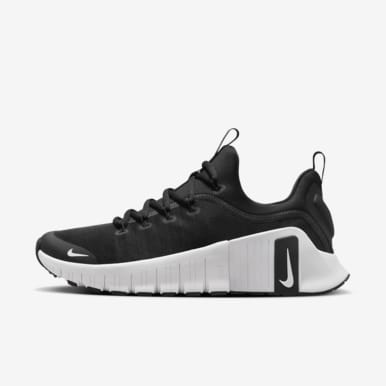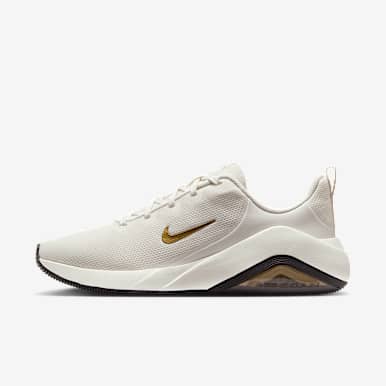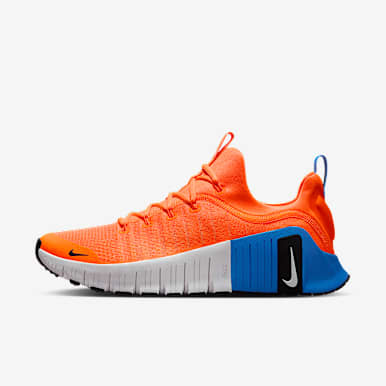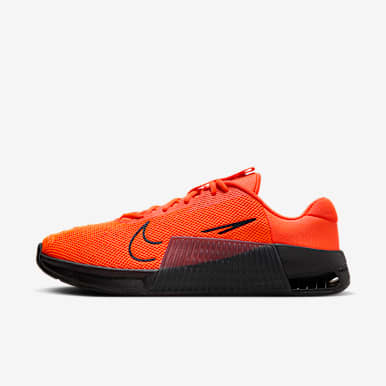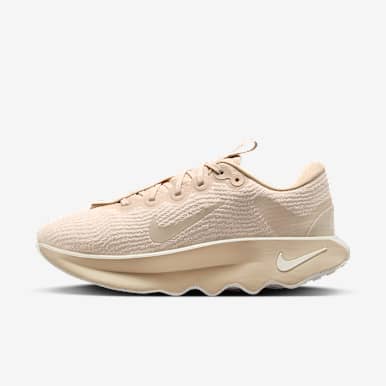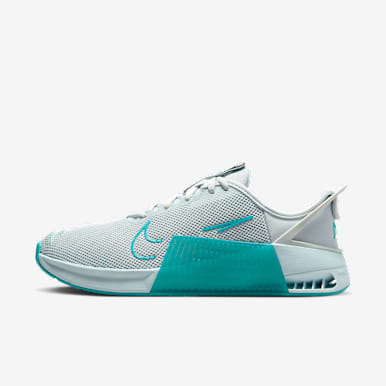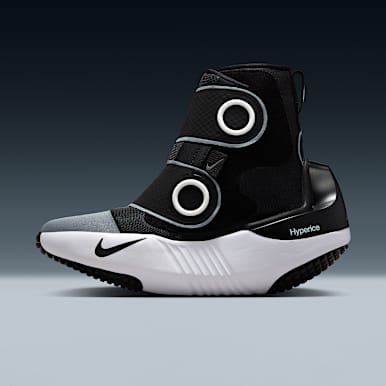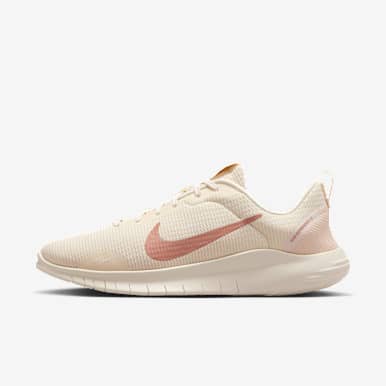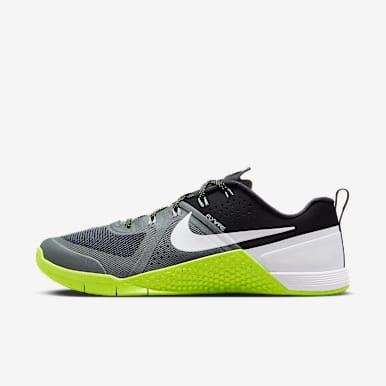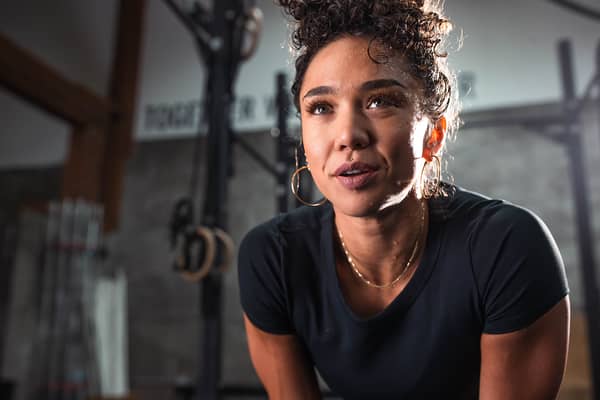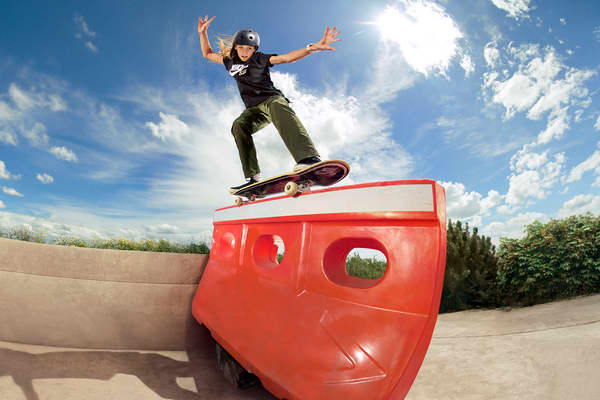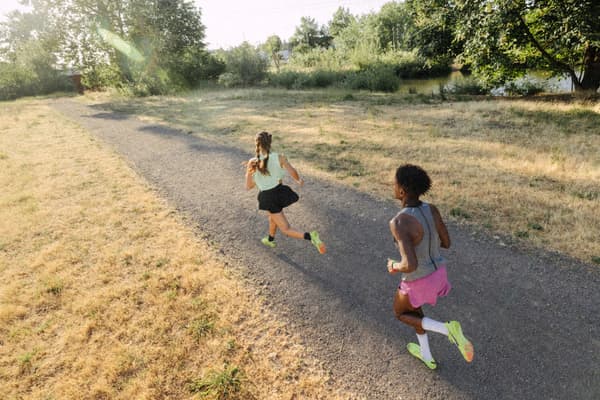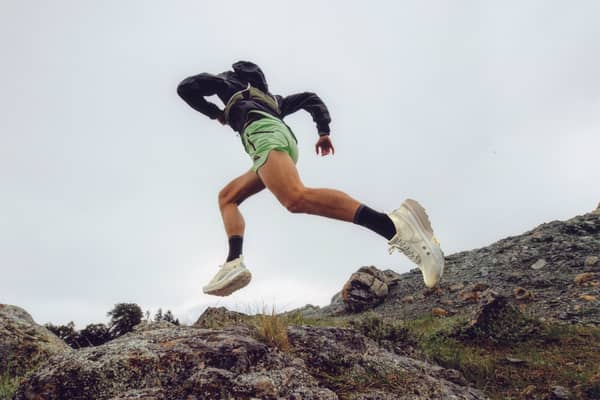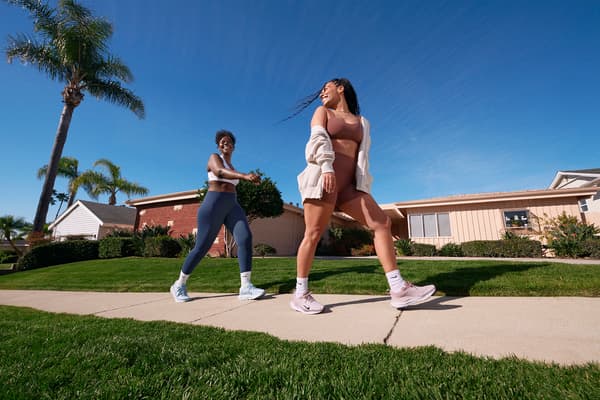The Best Nike CrossFit Shoes
Buying Guide
These top picks offer lightweight stability when your feet need it most.
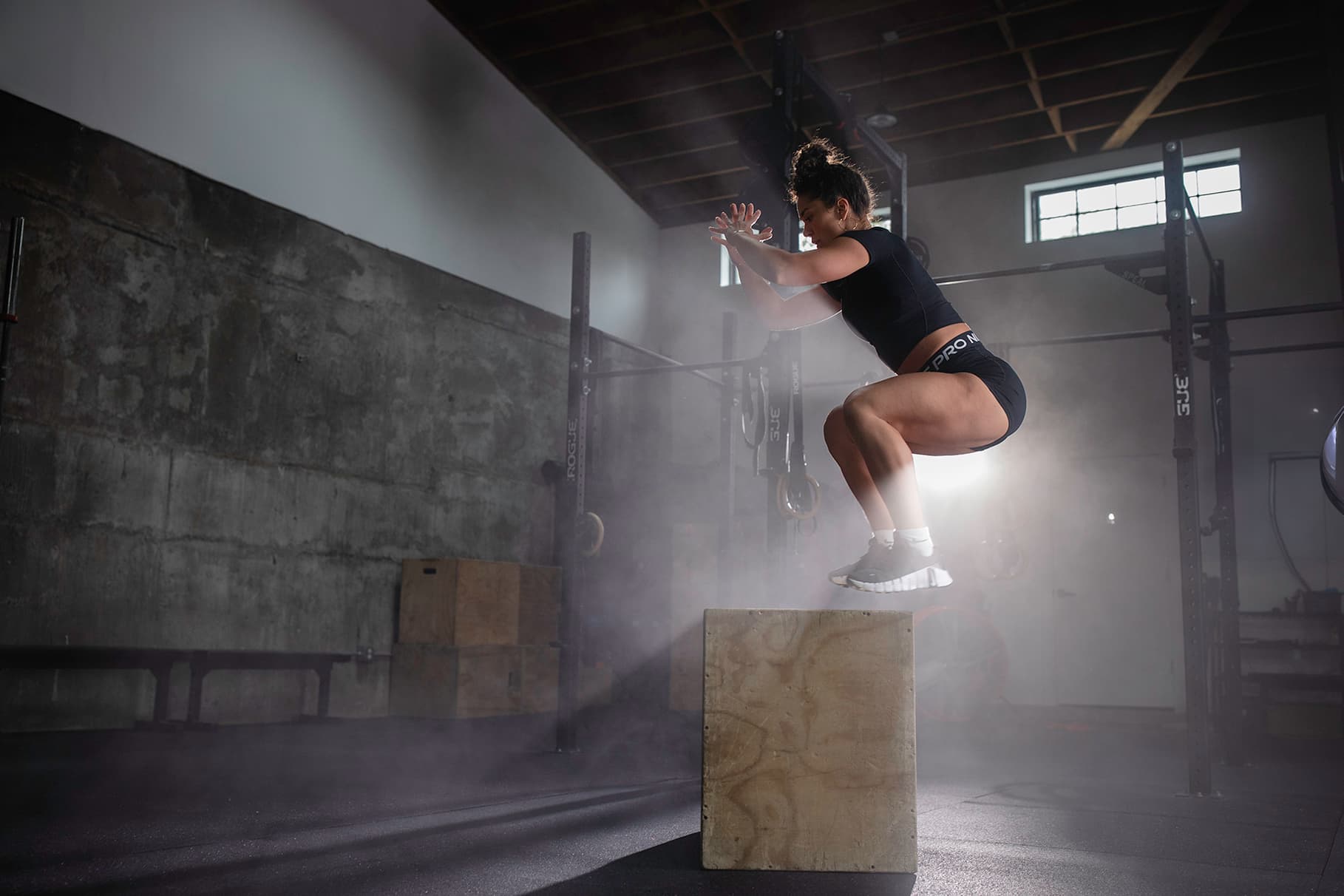
CrossFit is notorious for being a demanding fitness regimen with a high level of variation. As a result, the best CrossFit shoes for training need to see you through a wide range of activities, including weightlifting, jumping, running, and even gymnastics. That can be tricky to find in just one shoe.
“CrossFit workouts focus on functional movements at high intensity — like squatting, pulling, pushing etc.,” Brenden McAleese, Nike expert product line manager, says. “A shoe that is great for CrossFit is a great shoe for any gym or strength workout since the functional movements are comparable.”
The best CrossFit shoes offer the stability you need when powering through moves like deadlifting and squatting but are still lightweight enough to avoid weighing you down while running and jumping. It’s possible to find shoes that meet all these demands; you just need to know where to look. These are the best Nike CrossFit shoes to meet your workout needs.
Best CrossFit Shoes for Training: Nike Metcon 9
The Nike Metcon 9 is packed with elements for stability during your training sessions. Enjoy a larger Hyperlift plate than the Metcon 8 to force weight down and out, helping you to feel more grounded as you lift heavier loads. A rubber rope wrap enhances grip and support in multidirectional movements, lending extra durability while you do moves like rope climbs. There’s also a full rubber outsole for enhanced traction. While this shoe is designed to be supportive, it’s not overly heavy. “The Metcon is our go-to functional fitness shoe and has always solved for stability, durability and mobility,” McAleese says. “The latest model continues that mission, actioning on new feedback provided by athletes from a wide range of disciplines.” A dual foam midsole, which features firm foam on the outside and soft foam on the inside, is made to deliver responsive cushioning to keep you comfortable, whatever the workout brings. A lace-lock system attaches to the shoe tongue to keep your laces from flopping around as you get down to it.
Best CrossFit Shoes for Women: Nike Versair
The Versair offers a little of everything you love about Nike technology in one shoe. This sneaker features a Zoom Air unit shaped like a horseshoe to deliver extra flexibility. The unique traction pattern on the outsole is designed to help you maintain excellent footing no matter what you’re doing. A molded wrap helps to support your heel, while an overall low height allows you to be closer to the ground for a more barefoot feel. This sneaker is topped off with chenille fabric that’s comfortable to touch and breathable, lowering the odds your feet will turn into puddles of sweat.
Best CrossFit Shoes for Men: Nike Free Metcon 5
The Nike Free Metcon 5 is jam-packed with features to support your workout. The wide heel delivers a base for lifting, with a soft foam core for cushioning and a firm outer layer for stability. There’s also internal webbing designed for enhanced pressure around your midfoot to increase security during multidirectional moves. At the same time, Nike Free technology helps create flexibility in the forefoot as a stretchy collar allows your foot to move as needed, whether you’re doing burpees, box jumps, or sprints. The upper creates a comfortable, sock-like feel, making it easy to slip your shoes on and head to the gym.
Best CrossFit Shoes for Running: Nike Free Run 2018
Some CrossFit workouts — and gyms — lean into running more than others. On days you know you’ll be pounding the pavement, reach for the Nike Free Run 2018. This sneaker was designed to have an adaptive fit, along with a dynamic heel system to lend support all over. The circular-knit upper features spandex to help allow for natural movement, while texture under the toe and heel helps provide extra traction, lowering the risk of early wear and tear. Flywire cables lend an adaptive fit over your laces as you work through the motions.
Frequently Asked Questions
Which shoes are best for CrossFit?
CrossFit shoes have to deliver across a variety of workouts, and there is a range of features with these sneakers. The best shoes for CrossFit are ultimately ones that feel comfortable to you. However, the Nike Metcon 9 and Nike Free Metcon 5 are popular.
Are CrossFit shoes good for everyday use?
Given that they’re designed to see you through a range of motions, CrossFit shoes can be good for everyday use. These shoes are intended to deliver support in a lightweight package and usually have elements for durability, like sturdy rubber outsoles and enhanced traction, to lower the risk you’ll burn through them quickly.
How often should I replace my CrossFit shoes?
In general, experts recommend replacing your workout shoes every 300 to 500 miles or 45 to 60 hours of workouts. There is some variability in those metrics, though. Ultimately, your shoes should be replaced when they look uneven when you place them on a flat surface or have noticeable creasing. Worn treads can also be a sign that it’s time to invest in a new pair.
Words by Korin Miller
